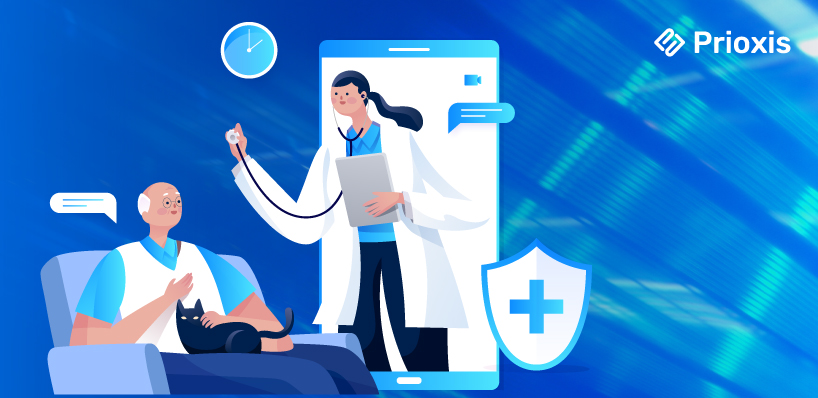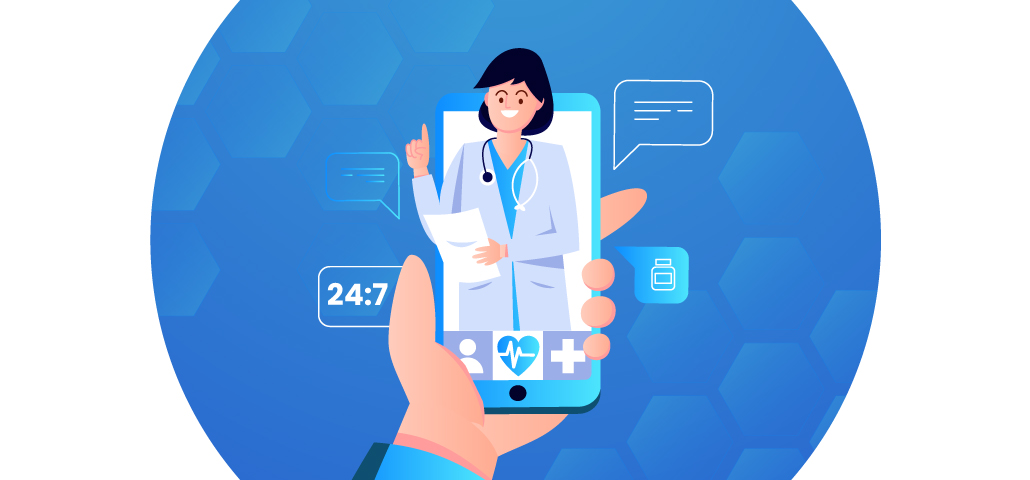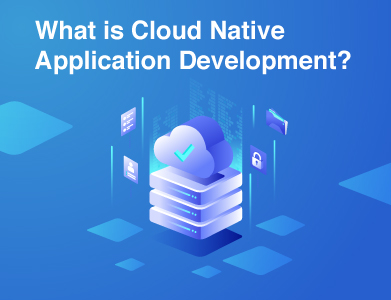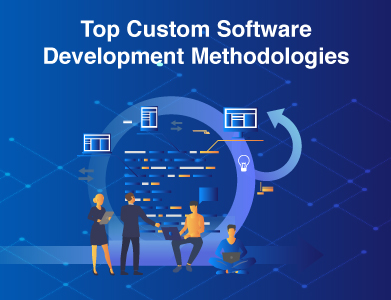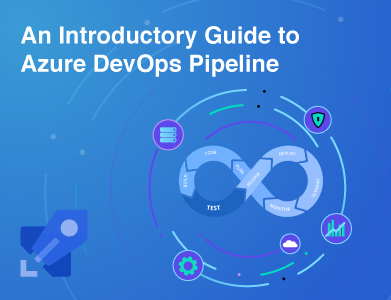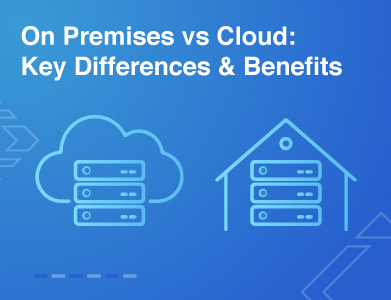Expertise
Healthcare’s changing fast. For anyone running a hospital, clinic, or practice, there’s an endless balancing act between quality patient care and rising demands on your resources. On top of that, patients, especially those with chronic conditions—need more consistent monitoring than ever, and traditional in-office care models are stretched thin.
This is where Remote Patient Monitoring (RPM) benefits healthcare. RPM lets providers keep tabs on patients in real-time, right from their homes. It’s not just convenient; it’s effective. It helps prevent emergencies, improves patient engagement, and makes healthcare more efficient across the board. If you’re a chief medical officer a lead, you’re probably already feeling the pressure to adopt tools that can help your team do more with less. RPM could be the answer you’re looking for.
In this article, we’ll break down 13 key benefits of RPM. These aren’t just technical advantages—they’re practical solutions that make healthcare better for everyone involved. Whether you’re looking to improve patient outcomes, reduce costs, or simply make life easier for your clinical staff, RPM offers some real-world benefits worth exploring.
Let’s dive in.
Real world Benefits of Remote Patient Monitoring
1. RPM Supports Faster, Smarter Clinical Decisions
Imagine you’re treating a heart patient who lives an hour from the clinic. With Benefits of Remote Patient Monitoring, you can monitor her blood pressure and heart rate every day without her needing to come in. That constant flow of data lets you see trends early and intervene if something seems off. If her blood pressure spikes, for instance, you can reach out, adjust her meds, or bring her in before things escalate.
This real-time insight gives providers a fuller picture of each patient’s health, letting them make proactive, data-driven decisions instead of just reacting when something goes wrong. Think of it to move from “waiting until the next appointment” to “staying ahead of the problem.”
2. Patients Can Manage Their Health More Easily
Managing a health condition is hard enough without needing to check in with a doctor every other week. For patients with chronic diabetes, for example Remote Patient Monitoring Benefits can be a lifesaver. A patient, who’s managing his diabetes, can use RPM to track his blood sugar daily and send that info to his provider. His doctor can catch any changes and advise him right away.
RPM helps people take control of their health. With tools that remind patients to check vitals and stay consistent with treatment, patients can be active participants in their care. This means fewer complications and better health outcomes for everyone.
3. Cutting Down on Healthcare Costs for Everyone
RPM isn’t just a win for patients; it’s a big one for healthcare budgets, too. Every avoided ER visit, skipped hospital admission, and shortened inpatient stay saves money for both the patient and the provider. Say a 70-year-old woman with heart disease, has RPM that alerts her doctor to subtle changes in her condition. Her doctor steps in, tweaks her medication, and prevents a trip to the ER.
That’s savings in action. Remote Patient Monitoring Benefits helps lower healthcare costs by catching potential problems early, which in turn reduces hospitalizations and the need for costly emergency interventions.
4. Increasing Revenue for Healthcare Providers
RPM can also boost a clinics or hospital’s bottom line. With the right setup, providers can monitor patients remotely, freeing up in-office resources and making way for additional revenue-generating services. Many RPM services are reimbursable, making it a practical and financially sound option for many healthcare facilities.
Instead of just managing today’s in-office appointments, healthcare providers can use RPM to serve patients beyond the clinic walls. This adds an extra revenue stream while still delivering top-notch care.
5. Saving Patients Time, Money, and Headaches
For patients, RPM means skipping the time, expense, and hassle of frequent trips to the doctor. Imagine a busy parent, who is managing hypertension while juggling work and family life. RPM allows him to check his blood pressure from home, avoiding time off work and cutting travel costs.
It is healthcare that fits into patients’ lives, not the other way around. RPM reduces the need for in-person visits, making care more accessible and less burdensome.
6. Making Healthcare Accessible for Rural and Remote Patients
For people in rural or underserved areas, getting to a doctor’s office is not always easy. Benefits of Telehealth for Patients brings healthcare right to them. Take someone who lives in a rural community with limited access to specialists. RPM allows his doctor to monitor his COPD remotely, saving hours of travel and stress.
By providing accessible care to patients who otherwise might struggle to get it, RPM breaks down the barriers to consistent, quality healthcare.
7. RPM Engages Patients in Their Own Health
With RPM, patients can see their health metrics for themselves, often in real time. This direct access is powerful. For example, a patient who is monitoring recovery from a knee replacement, can watch her activity levels increase over time and track her progress.
When patients can see how they’re doing, they’re more likely to stay engaged. They understand their treatment plan better, stick with it, and even feel more satisfied with their care.
8. Lightening the Load on Healthcare Staff
With Benefits of Telehealth for Patients, clinical staff can track patients remotely, freeing them up to focus on the most critical cases. A nurse monitoring a dozen patients’ blood pressure remotely can prioritize who needs a follow-up or intervention without scheduling back-to-back appointments for everyone.
This not only makes the clinic more efficient but also reduces staff burnout. RPM helps teams work smarter, not harder, by prioritizing patients who need immediate attention.
9. Reducing the Risk of Infections and Hospital-Acquired Illnesses
For patients who are already vulnerable—those with weakened immune systems or chronic conditions—hospital visits can carry risks. Benefits of Telehealth for Patients lets these patients stay safe at home while still receiving the monitoring they need. For example, if a patient is immunocompromised. RPM keeps her connected to her healthcare team without the risk of being exposed to new infections at a clinic.
Especially after the COVID-19 pandemic, the value of RPM in reducing infection risk is clearer than ever. RPM isn’t just convenient—it’s safer.
10. Helping Caregivers Stay Connected
RPM isn’t just for patients and providers; it’s also a major help for caregivers. For example, if a person lives three hours away from his elderly mother, who has heart disease. With RPM, that person can receive updates on her health, ensuring she’s stable and giving him peace of mind. He’s looped in if there’s an alert, allowing him to step in if needed.
This added transparency helps caregivers provide better support, even if they’re not physically present.
11. Personalizing the Healthcare Experience
One-size-fits-all healthcare is becoming a thing of the past. Benefits of Telehealth for Patients makes it possible to personalize care to each patient’s unique needs. If someone has high blood pressure, his doctor can see if his levels are higher in the mornings and adjust his medication timing accordingly.
This tailored approach is more effective because it’s based on real data from the patient’s daily life. Patients receive care that’s specific to their needs, not just a generalized recommendation.
12. Attracting New Patients and Retaining Existing Ones
Patients want convenience, especially as digital health tools become more common. Healthcare providers who offer RPM appeal to patients who appreciate tech-friendly, accessible care options. When patients find that RPM services fit their busy lives, they’re more likely to stay with those providers long-term and refer friends and family.
For healthcare organizations, RPM isn’t just a tool—it’s a way to meet modern patient expectations and keep them coming back.
13. Strengthening the Clinician-Patient Connection
RPM adds a layer of support that keeps patients connected to their healthcare providers. Instead of only interacting during appointments, patients know their doctors and nurses are monitoring their health continuously. This can be incredibly reassuring, especially for patients managing complex or chronic conditions.
This continuous support builds trust. Patients feel cared for, not just treated, which strengthens the clinician-patient relationship and improves satisfaction.
A New Way to Approach Healthcare
RPM has turned a corner in healthcare by making it more proactive, accessible, and personalized. It benefits everyone involved—from patients managing chronic conditions and caregivers looking for peace of mind, to providers who need smarter, more efficient tools to deliver quality care. In a world where healthcare demands are only growing, RPM stands out as a solution that addresses both the challenges of the system and the needs of each patient.
RPM isn’t just the future; it’s already here, reshaping healthcare for the better, one patient at a time. For any healthcare provider, embracing RPM could mean meeting modern patient demands, improving outcomes, and leading the way in accessible, tech-driven care.
Interested in Learning More?
If RPM sounds like the right fit for your organization, Prioxis is here to help. Our solutions aim to make RPM implementation smooth, effective, and customized to your needs. Let’s make healthcare more accessible, smarter, and better for everyone.
